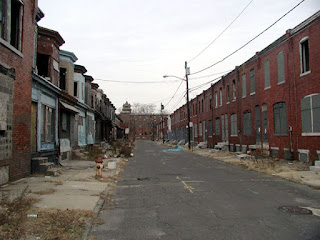Cities are complex ecosystems, constantly evolving and adapting. Yet, common misconceptions about urban development can hinder progress. Let's debunk three such myths and explore more nuanced approaches for creating vibrant urban centers.
Myth #1: The One-Size-Fits-All City
The notion of a single "right" way to plan a city is a fallacy. Every city has a unique history, culture, and economic base. A cookie-cutter approach ignores these vital aspects. While certain principles like walkability and mixed-use development are generally beneficial, successful urban planning requires tailoring solutions to the specific context.
Myth #2: Tyranny of the Majority in Urban Decision-Making
While democracy is a cornerstone of urban governance, unchecked majority rule can have unintended consequences. Imagine a city with a predominantly homeowner population voting on housing policy. They might prioritize policies that increase property values, potentially neglecting the needs of renters.
Here's where a balanced approach comes in:
- Minority Protections: Mechanisms should be in place to safeguard the interests of minority groups, ensuring that decisions don't unfairly disadvantage them.
- Stakeholder Engagement: Engaging all stakeholders, including residents, businesses, and community organizations, in the decision-making process leads to more inclusive and equitable solutions.
Myth #3: The Urban "Do-Over" Fantasy
Bulldozing struggling neighborhoods and starting anew might seem like a quick fix, but it's a recipe for disaster. This approach fails to address the root causes of urban decline, such as poverty or lack of investment. Instead, consider these strategies:
- Revitalization Strategies: Invest in existing neighborhoods by improving infrastructure, fostering local businesses, and providing social services. Empowering residents to be part of the revitalization process is crucial.
- Adaptive Reuse: Repurpose vacant buildings for new uses, breathing life back into neglected areas.
Conclusion:
By moving beyond these myths, we can create urban development strategies that are context-sensitive, inclusive, and focused on long-term sustainability. Lively cities are not built overnight, but through continuous improvement, thoughtful planning, and a commitment to building a better future for all residents.
What are your thoughts on these common myths in urban development? Share your ideas in the comments below!

No comments:
Post a Comment